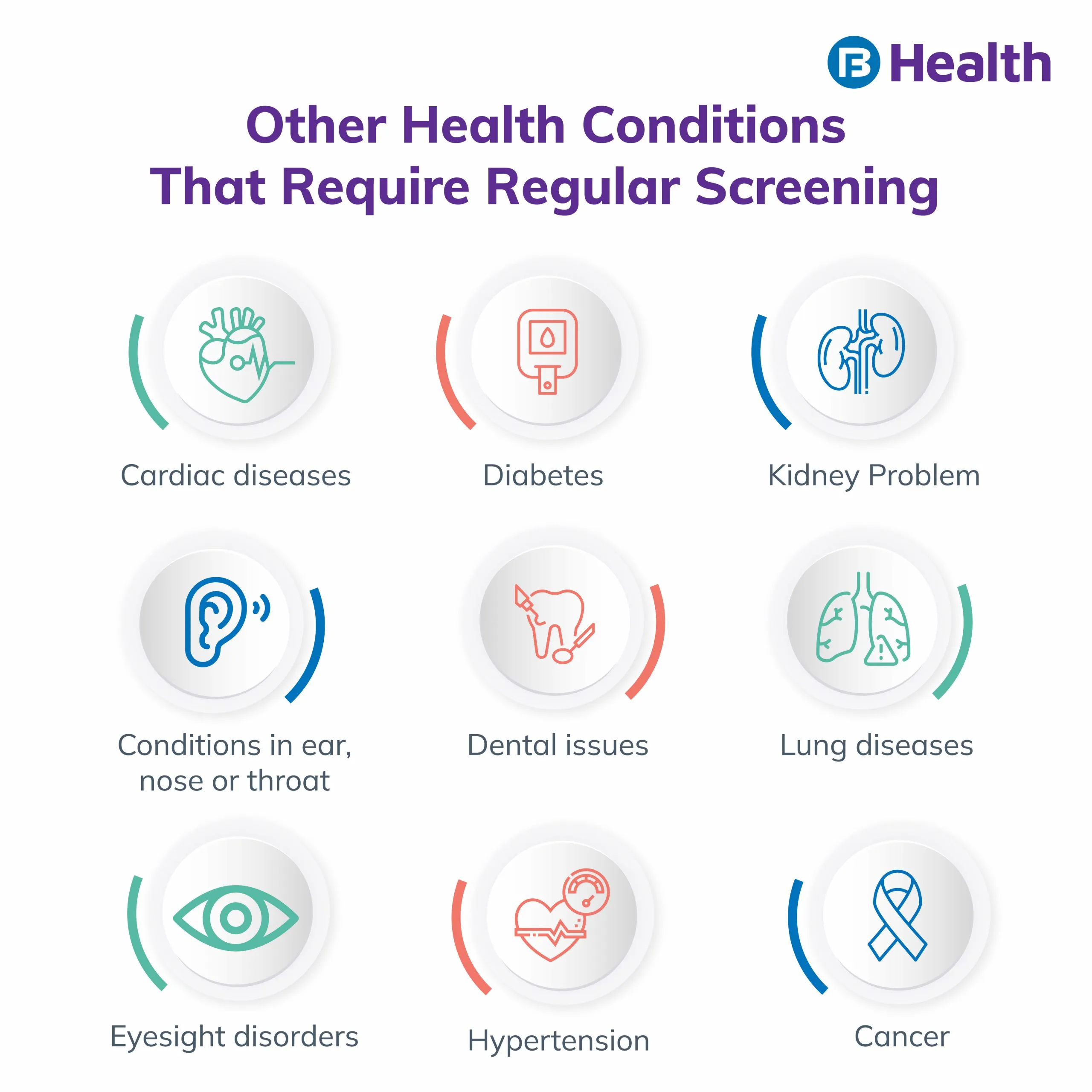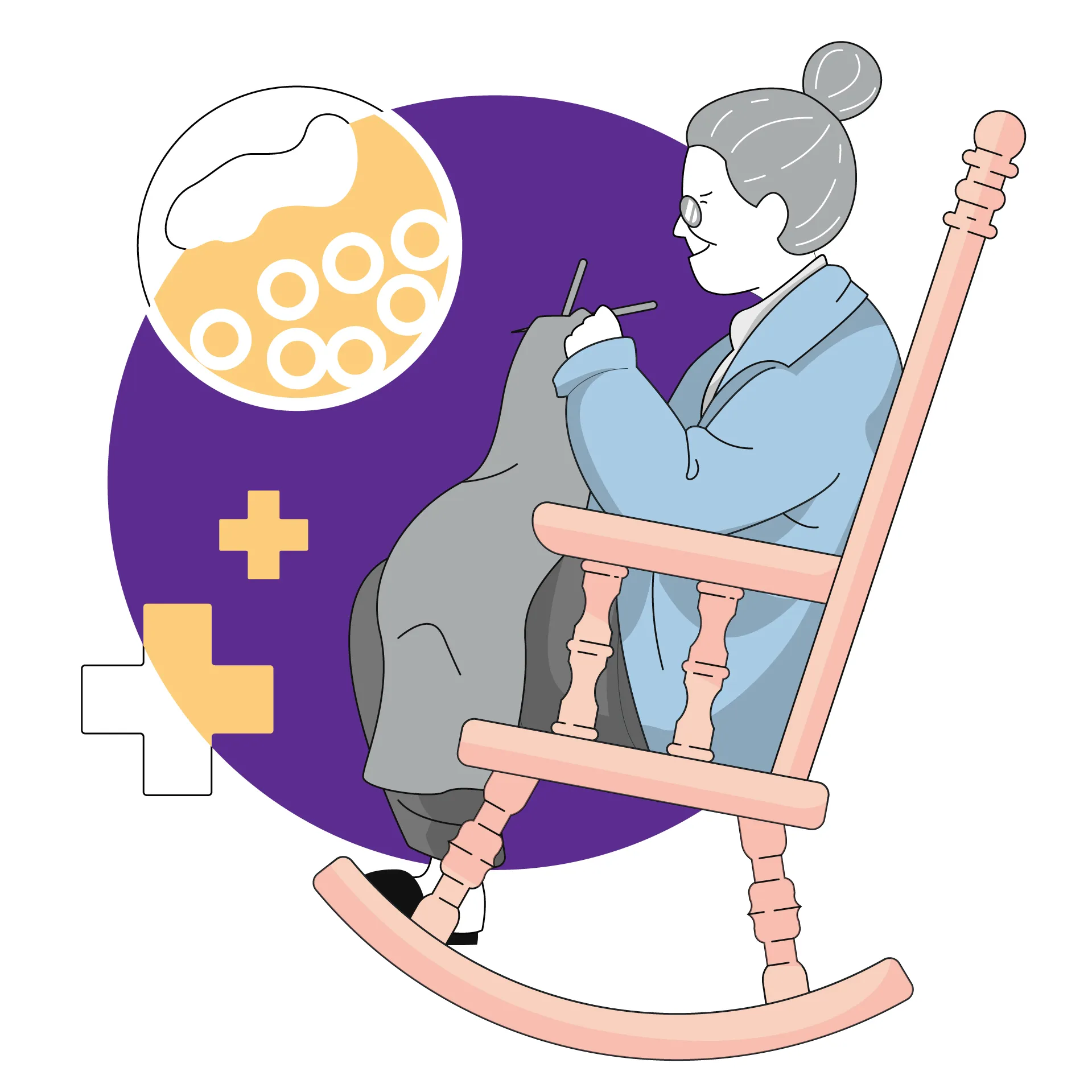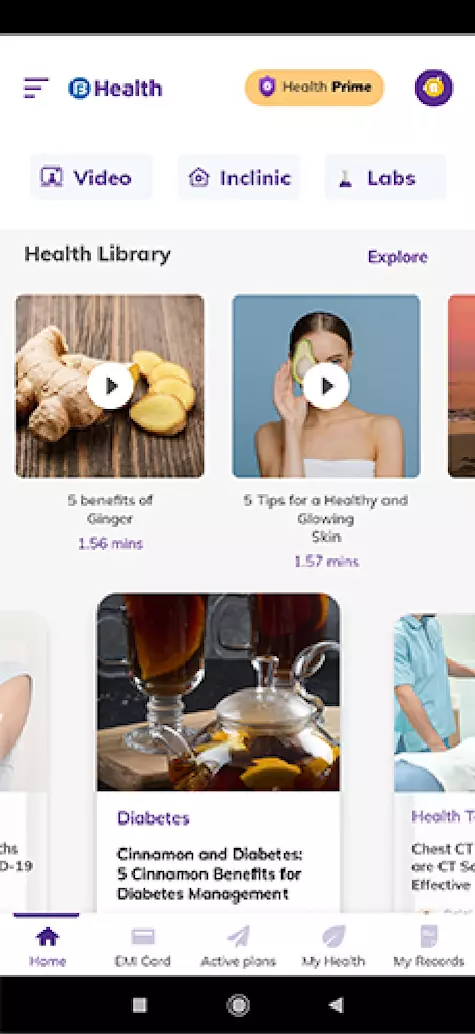Cholesterol | 4 min read
LDL Cholesterol Levels By Age Chart For Adults And Children
Medically reviewed by
Table of Content
Synopsis
Checking cholesterol levels by age is crucial to leading a healthy life. Find out the risk factors and normal cholesterol levels for adults and children.
Key Takeaways
- Increase of cholesterol levels by age is normal in adults
- Normal cholesterol levels for men and women are similar
- It is important to check your cholesterol levels by age chart
Cholesterol is a fatty substance that plays a crucial role in managing your body's functions. It is produced in your liver and also can be sourced from certain foods. Note that there are three types of cholesterol: high-density lipoprotein (HDL), low-density lipoprotein (LDL), and triglycerides. Remember, LDL is called bad cholesterol due to the role it plays in increasing your chances of getting heart disease, as an excess amount of it can cause blockage in your blood vessels. On the other hand, HDL is called good cholesterol as it protects your body from cardiac diseases. It's important to know cholesterol levels by age.
When it comes to healthy cholesterol levels by age, it is important to note that it tends to climb as we age. It is wise to get the cholesterol test done every five years once one completes the age of 20 [1]. In case you are at risk of heart disease, check your levels more frequently when compared between sexes; studies show that men are at higher risk for a high level of cholesterol than women. However, the cholesterol levels of women also rise once they reach menopause. Read on to learn about the normal cholesterol levels fo_r men, women, and children.
Additional Read: What is Good CholesterolCholesterol Levels By Age Chart For Adults And Children
The classification of your cholesterol levels can be normal, high, low, or borderline. Take a look at the cholesterol levels by age chart among adults of different sexes and children.
| Normal cholesterol levels for men aged 20 years or older | Normal cholesterol levels for women aged 20 years or older | Normal cholesterol levels for those aged 19 years or younger | |
| HDL | 40 mg/dL or higher | 50 mg/dL or higher | 45 mg/dL or higher |
| LDL | Lower than 100 mg/dL | ||
| Triglycerides | Lower than 150 mg/dL | ||
| Total cholesterol | 125-200 mg/dL | 125-200 mg/dL | Up to 170 mg/dL |
As you can see, the ideal range of cholesterol is almost similar for men and women. For children, it is especially important to have their cholesterol level checked between the ages of 9 and 11 years and 17 and 21 years.

Risk Factors For Cholesterol Checks
Apart from your regular check-ups, doctors may want to check your cholesterol levels in case you have any or some of the risk factors that increase LDL or bad cholesterol.
Take a look at the usual risk factors for high cholesterol across ages:
- Old age
- Addiction to tobacco
- Alcoholism
- Severe inflammatory conditions
- Type 2 diabetes
- Metabolic diseases
- Menopause
- Family history of cholesterol-related conditions
- Sedentary lifestyle
- Following an imbalanced diet
- Hypertension
For children who are at risk, doctors may advise you to also check their cholesterol levels when they are aged between 2 and 8 years and 12 and 16 years.
Additional Read: Drinking for Low CholesterolHow To Treat Conditions Caused By High LDL Cholesterol
To treat LDL-related conditions, it's important to check cholesterol levels by age chart. If your LDL level is high, doctors may recommend the following based on your health conditions, age, and sex.
- Lifestyle modifications
- Reduce intake of foods highly saturated with fats: Lowering the consumption of foods like red meat, whole milk, and cheese will help you to keep your cholesterol in control.
- Increase your physical activity through moderate workouts: Make sure to exercise half an hour to one hour a day to lose extra body weight, keep obesity at bay, and boost the HDL cholesterol.
- Stay away from all types of tobacco: If you smoke or consume any other type of tobacco, quit immediately. In case you are exposed to indirect consumption, avoid that too.
- Consume healthy fats like nuts, avocado, and olive oil: These won't affect your LDL levels.
- Add fiber like whole grains to your diet: It will help you control bad cholesterol from getting beyond of limit.
- Limit consumption of alcohol: As per medical guidelines, it is not recommended for men to take more than two drinks per day. And, for women, the limit is one drink per day.
- Medications
- Cholesterol absorption inhibitors
- PCSK9 inhibitors
- Bile acid sequestrants
- Bempedoic acid
- Statins

Considering all these factors, be sure to consult a doctor immediately if you have emergency symptoms such as a myocardial infarction, commonly known as heart attack, or a cerebral stroke, as both of them are an indicator of high cholesterol. Note that there are no other specific high cholesterol symptoms.
So, in order to take preventive measures to control your cholesterol level, get check-ups done from time to time whether you have a family history of high cholesterol diseases or not. For expert advice, you can always get a doctor's consultation on Bajaj Finserv Health via a remote or in-clinic visit. Choose from the top health experts in your area, and give your health the best protection possible!
References
- https://www.cdc.gov/cholesterol/checked.htm
Disclaimer
Please note that this article is solely meant for informational purposes and Bajaj Finserv Health Limited (“BFHL”) does not shoulder any responsibility of the views/advice/information expressed/given by the writer/reviewer/originator. This article should not be considered as a substitute for any medical advice, diagnosis or treatment. Always consult with your trusted physician/qualified healthcare professional to evaluate your medical condition. The above article has been reviewed by a qualified doctor and BFHL is not responsible for any damages for any information or services provided by any third party.





